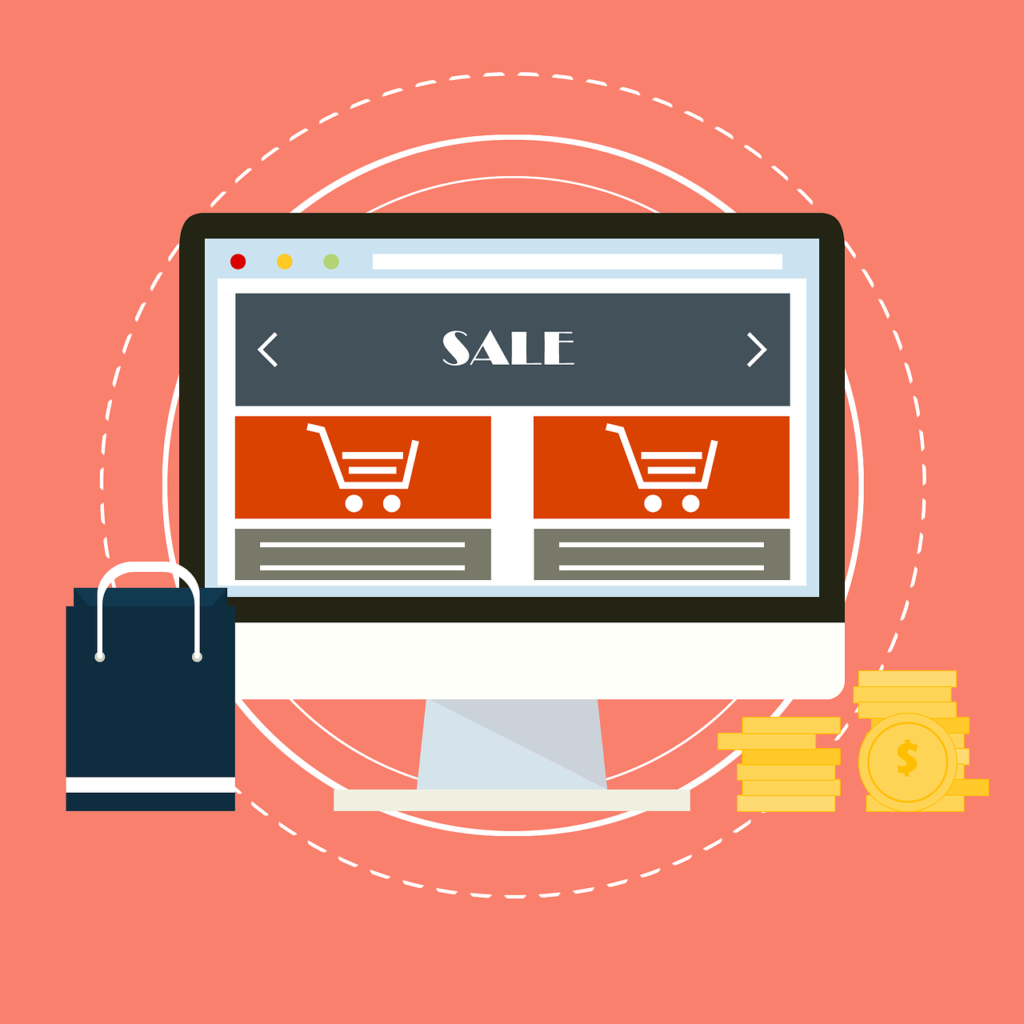In the ever-expanding realm of e-commerce, finding cost-effective strategies to boost online sales is a perpetual quest for businesses of all sizes. While marketing budgets can be tight, the good news is that you don’t need to break the bank to make a significant impact on your revenue. In this article, we’ll explore an effective way to enhance your online sales without investing a fortune.
First, let’s take a look in the processes you already have in your e-commerce.

1. Optimize Your Website Performance
A fast and user-friendly website is crucial for converting visitors into customers. Ensure that your website is both responsive and speedy, offering users a smooth and uninterrupted experience. Websites that load slowly often result in a significant number of visitors quickly leaving, which can lead into missed sales.
2. Quality Content Marketing
Create informative and engaging content relevant to your industry. Blog posts, how-to guides, and tutorials can attract organic traffic and establish your authority. High-quality content not only engages visitors but also improves your search engine rankings.
3. Harness the Power of SEO
Implement sound SEO practices to improve your website’s visibility in search engine results. Proper keyword research, on-page optimization, and link building can help you rank higher, attracting more organic traffic.
4. Leverage Social Media
Engage with your audience in social media platforms. Share valuable industry insights, tips, and customer success stories. Social media is a cost-effective way to build a loyal customer base.
5. Email Marketing
Utilize email marketing to nurture leads and engage with existing customers. Send out newsletters, promotions, and educational content to keep your audience informed and interested in your products or services.
6. Customer Reviews and Testimonials
Encourage satisfied customers to leave reviews and testimonials on your website and review platforms. Positive feedback builds trust and can influence potential customers to choose your products or services.
Alternatively, depending on your business size, whether you’re a startup or a well-established company with years of operation, you can also assess the hosting services required. This is an additional avenue to explore cost-saving options. See the examples below for reference.
– Shared Hosting
If you’re just starting, shared hosting can be a cost-effective choice. It allows multiple websites to share server resources, reducing hosting costs while still providing reliable service.
– Content Delivery Network (CDN)
Implement a CDN to distribute website content across multiple servers globally. This speeds up page loading times and improves user experience, which can lead to increased sales.
– Scalable Hosting Plans
Select a hosting provider that offers scalable plans. This way, you can start with a smaller plan and upgrade as your website traffic and sales grow. You only pay for the resources you need at any given time.
– Website Security
Invest in hosting solutions with built-in security features. A secure website not only protects customer data but also builds trust, which can lead to more sales.
– Reliable Uptime
Choose a hosting provider known for its uptime reliability. Downtime can result in lost sales opportunities and influence your online reputation.
– Regular Backups
Ensure your hosting plan includes automated backups. In case of unexpected issues, you can quickly restore your website, minimizing potential sales loss.
Conclusion
In the fast-paced world of online sales, boosting revenue doesn’t always require a hefty budget. By combining general strategies, you can achieve significant growth while keeping costs in check. Leveraging your hosting server efficiently through strategies such as shared hosting, CDNs, scalable plans, security measures, and performance optimization can have a substantial impact on your online sales. These cost-effective techniques not only enhance your website’s performance but also contribute to a seamless user experience, which is essential for converting visitors into loyal customers.
Remember, the journey to boosting online sales is a continuous one. Regularly monitor and adapt your strategies to align with changing market trends and customer preferences. So, roll up your sleeves, implement these strategies, and watch your online sales evolve.
